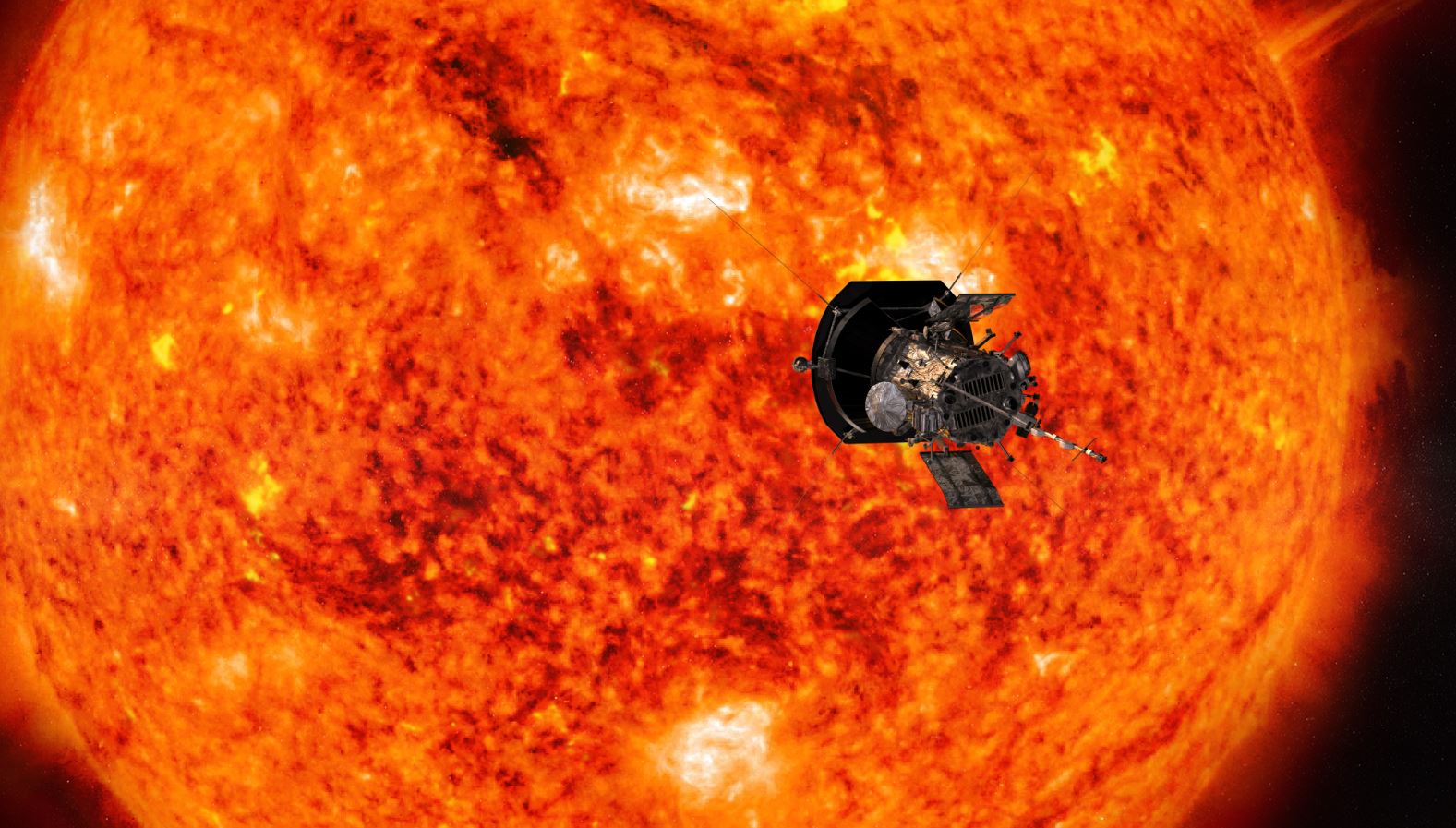On August 21, NASA’s Parker Solar Probe flew past Venus to alter its orbit and dive ever closer to our star. Only 7.3 million kilometers from its “surface”, the small vehicle will experience unprecedented conditions. But for the moment, after 5 years of study, he is doing like a charm!
Parker will also break his own speed record.
He knows the Sun, Parker
For more than 5 years now, the Parker solar probe has been regularly approaching the Sun. Its initial orbit had already brought it within 25 million kilometers of our star (twice as close as Mercury), but with each flyby of Venus, it makes its orbit even more elliptical and gets closer to that which is considered the surface of our celestial body.
Since April 2021, NASA even estimates that its orbits lead it directly within the solar corona. Each year, the adventure becomes a little more extreme. This August 21, passing just 4,000 kilometers from the surface of Venus, Parker has therefore again received a boost, and on September 27, she will approach just 7.3 million kilometers from the Sun.
The fastest probe in the West
The Parker probe is lined with instruments that are all hidden behind its heat shield, to be able to make measurements in situ in the solar corona while being relatively sheltered. For the mission controllers, as for the on-board computer, this requires flawless precision on the orientation and timing of the various measurements. Especially since its orbit does not only pass very close to the Sun: it reaches record speeds compared to the Earth! His next record should bring him at the end of September to 633,000 km/h, the Earth-Moon distance in 35 minutes.
A prolific mission
It currently takes about 3 months for the Parker probe to go around the Sun, which is not enough for the teams to process all the data. They are downloaded and stored on the servers of NASA and the various major American laboratories working on the mission. In 5 years, she has collected a lot: almost double what was expected!
It must be said that its nominal life normally extends only until 2025, and the scientists expected that the instruments would be more damaged than they are today. If it survives as well next year (it still has a flyby of Venus, and therefore a few orbits to graze the Sun even closer), it is very likely that the Parker probe will obtain a mission extension. In the meantime, it not only brings unique scientific results thanks to its on-site exploration, but in addition, its data is cross-referenced with that of other missions, such as Solar Orbiter (ESA), which has new results on the origin of the wind. solar.
Source : NASA

7